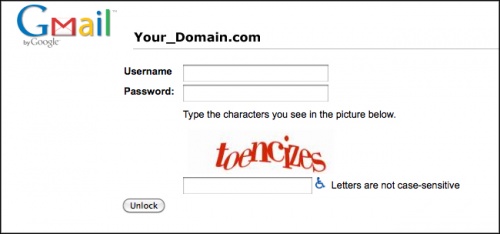User:Silviolorusso/thematic1/punch: Difference between revisions
| Line 63: | Line 63: | ||
== What Does This Story Tell Us Today? == | == What Does This Story Tell Us Today? == | ||
Mario Savio's speech and the way in which students subverted the punch cards oppose to the relationship between technology and power and beaurocracy. The definition of the human being is affected by this relationship. Today these topics still have a value: individuals' informations become commodified by social media and internet services. | Mario Savio's speech and the way in which students subverted the punch cards oppose to the relationship between technology and power and beaurocracy. The definition of the human being is affected by this relationship. Today these topics still have a value: individuals' informations become commodified by social media and internet services. Mario Savio's speech maintain its value today. | ||
I looked for affirmation of human nature in current services and i found [http://it.wikipedia.org/wiki/CAPTCHA CAPTCHAs] particularly interesting from this point of view. Generated by the machine, CAPTCHAs ask users for their human nature. Users confirm their human nature in order to access a service. | |||
[[File:googlecaptchas.jpg | 500px]] <br/> | |||
CAPTCHA from Google.com | |||
== References == | == References == | ||
Revision as of 17:00, 27 November 2011
Once Upon a Time...
Once upon a time Aymeric explained us computing starting from the very beginning. He talked about punch cards and how these existed way before computers in textile industry.

Punched cards in use in a Jacquard loom.
Why I consider those cards fascinating
1. Punch cards were crucial for Nazism in order to accomplish the logistic tasks of the concentration camps and the final solution. This story was for long time forgotten. More info in the book "IBM and the holocaust" by Edwin Black.

Nazi Punch card

German Punch Card ad
{{#ev:youtube|2gNXfrMR_Lw|500}}
2. Since 1964, the Free Speech Movement, in their fight agains beaurocracy, took punch cards as symbol of alienation and hyper-rationalization. The students of Berkeley subverted the punch cards wearing them as military tag plates. They also punched some obscene messages or burned some of those.
{{#ev:youtube|tcx9BJRadfw|500}}

Punch cads punched with words, from the phonogram album cover for "FSM's Sounds and Soungs of the Demonstration!"

From the W.E.B. DuBois Club newsletter, Bancroft Library, Berkeley. Courtesy Bancroft Library; reproduced from Rorabaugh
(after p. 50)
Add picture with Strike!
3. During the 60's and 70's punch cards' technology became familiar in the U.S. Punch cards were sent as bills from companies. They also became common in advertisements and even as ornament for christmas trees.

Drawing from advertisment for computer dating

Punch card in the cult series "the Prisoner"
Number 6: I will not make any deals with you. I've resigned. I will not be pushed, filed, stamped, indexed, briefed, debriefed or numbered. My life is my own. I resign.'
What Does This Story Tell Us Today?
Mario Savio's speech and the way in which students subverted the punch cards oppose to the relationship between technology and power and beaurocracy. The definition of the human being is affected by this relationship. Today these topics still have a value: individuals' informations become commodified by social media and internet services. Mario Savio's speech maintain its value today.
I looked for affirmation of human nature in current services and i found CAPTCHAs particularly interesting from this point of view. Generated by the machine, CAPTCHAs ask users for their human nature. Users confirm their human nature in order to access a service.

